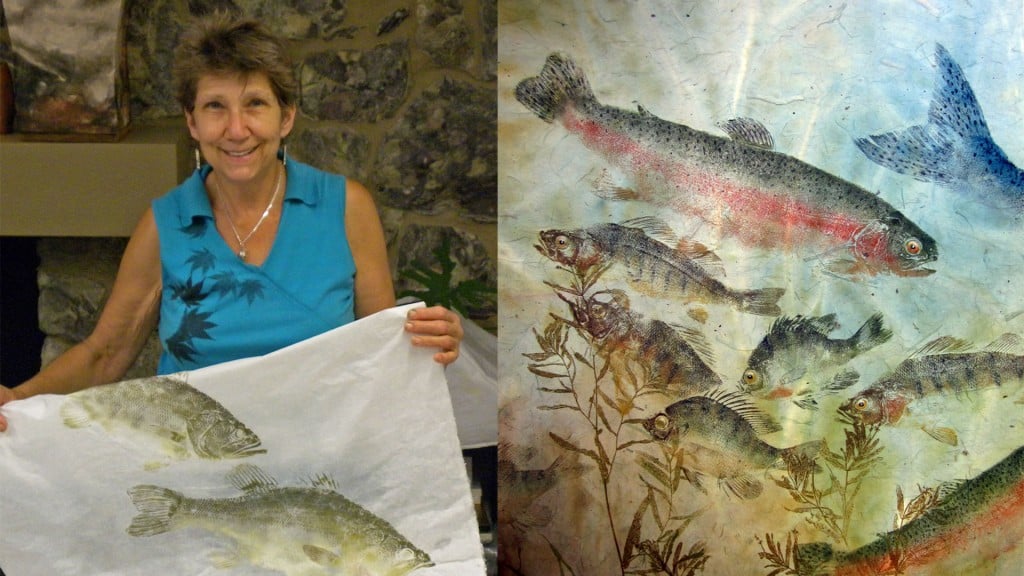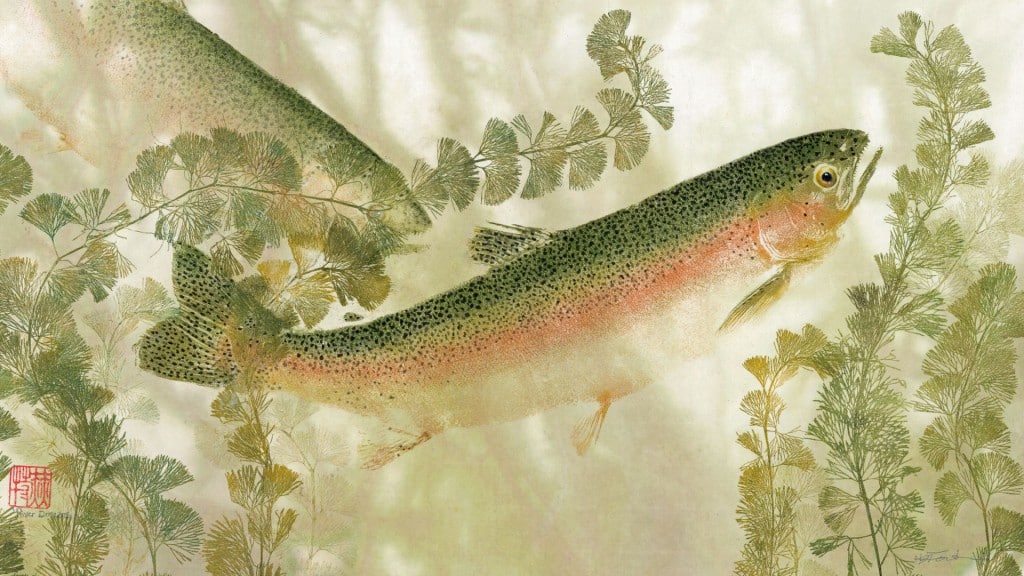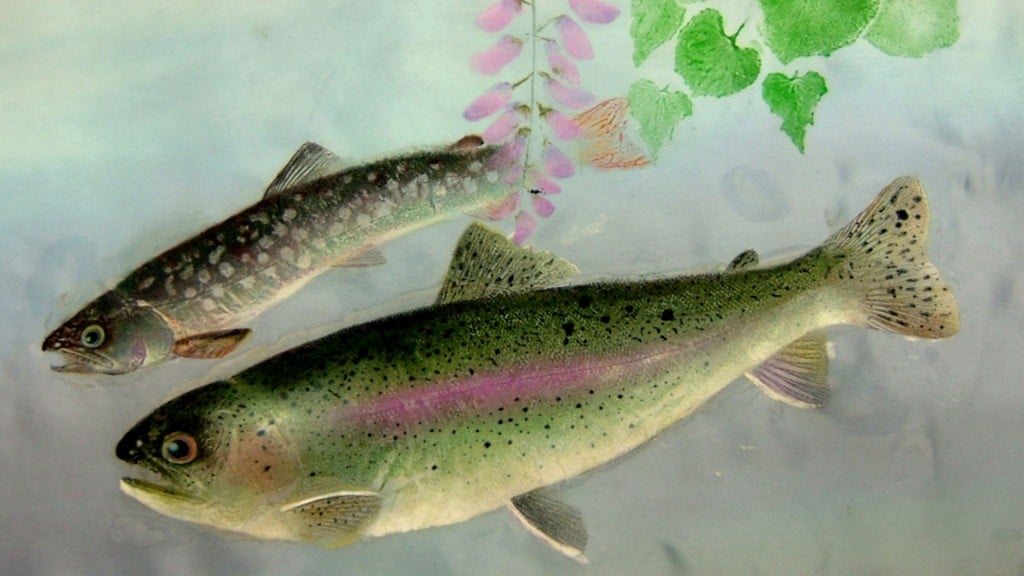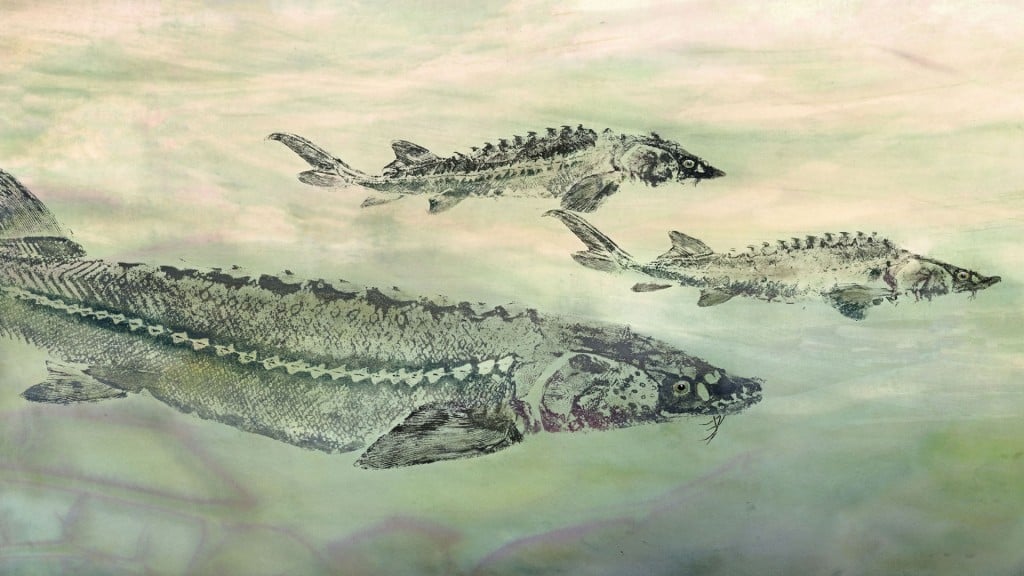The Art of Making a Scene
March 25, 2016

Heather Fortner has more than 200 bodies in her freezer.
Fish bodies, that is.
Some are from saltwater. Other’s fresh. From Hawaii, Florida, the Pacific Northwest and more. Peering into her ice chest is akin to looking at someone’s scrapbook. Souvenirs collected over decades of travel. Reminders of different parts of life. All that, and tools for a career.
Fortner is a Gyotaku artist, and the translation to English says it all. Gyo means fish and taku means rubbing. Dating back to the mid-1800s, this is how fisherman in the country recorded their catches. Ink on fish, and fish pressed onto paper would intricately capture the size and characteristics of a victory. The practice is so accurate that prints have been used to determine the winner of fishing contests.
But what was once a quick and simple way to record a catch is now a globalized art form practiced by many worldwide, including Fortner in a converted elementary school outside the near-coastal town of Toledo, Oregon.
In Sea Fern Nature Printing Studio, she performs what she calls “making a scene.”
She prints schools as they would exist in nature with careful attention given to their natural colors. And then she takes it a step further by printing native plants, adds sunlight coming through the water and bugs.

“I always put fish with the plants they would normally swim in,” she said. “It’s important to me that it’s somewhat true to life.”
But you can’t make a scene without a little drama.
The fish must be cleaned, and the openings must be stuffed.
“I don’t want blood or mucus or slime,” said Fortner. “I don’t want anything to leak. In order to take the oil paint, the body must be dry.”
She admits some don’t like the process, for the mess and more.
“There are some negative reactions, particularly from the animal rights community,” she said. “We are using a dead fish, and some people say it’s a waste of a fish to not eat one. My feeling is that when you eat a fish you use it once, and it’s gone, but when I do this, I document this fish. I use them for years. I’m very conservation minded.”
But whether its ethics or the ick factor, there has been enough of a demand for alternatives that companies now make rubber fish replicas.
“They have 30 to 50 different types, and they are molds from the actual fish themselves,” she said.
Those aren’t for her. “I only use real ones,” she said, with a clear emphasis on the only.
She walks me through each step.
The fish is prepped and ridded of its less appealing “fishy” parts. The ink is applied in about 20 minutes, and a piece of rice paper is laid down a top it. Rice papers and other handmade papers have long fibers which allow them to fold around the contours of the fish without tearing.
“Then with my fingers, I push or rub,” she said. “I manipulate the paper, transferring the ink from the fish to the paper, making sure to get the fins and the scales. That’s how it’s done.”

The majority of Fortner’s prints are done in this “direct” method. The indirect method involves applying the ink to paper that has been adhered to the fish’s body, similar to a gravestone rubbing.
Every fish is different, but even a simple one could take about two hours from start to finish. She has just completed a steelhead. Along with rainbow trout and bluegill, they’re her favorite freshwater fish.
“They come in so many sizes,” she said.
Fortner takes good care of her inventory.
She knows the value in each of them, perhaps more than most. Fortner was once a commercial fisherwoman.

“At some point, I developed a sensitivity and feeling that I don’t want to kill fish anymore,” she said. “Instead, I do what I can to respect them. The resources that we have they are not here for us to exploit them, they are here for us to use them wisely.”
Many of the fish tucked away in her freezer have been used for years.
“We don’t have very many fish in the world,” she said. “I take care of mine. They’re my treasures.”
###
This article is part of the spring 2016 edition of freshwater Magazine.
#Art #artist #conservation minded #documentation #freshwater fish #freshwater Magazine Spring 2016 #Gyotaku #ink #nature #Oregon #paint #saltwater fish #Sea Fern Nature Printing #wildlife
